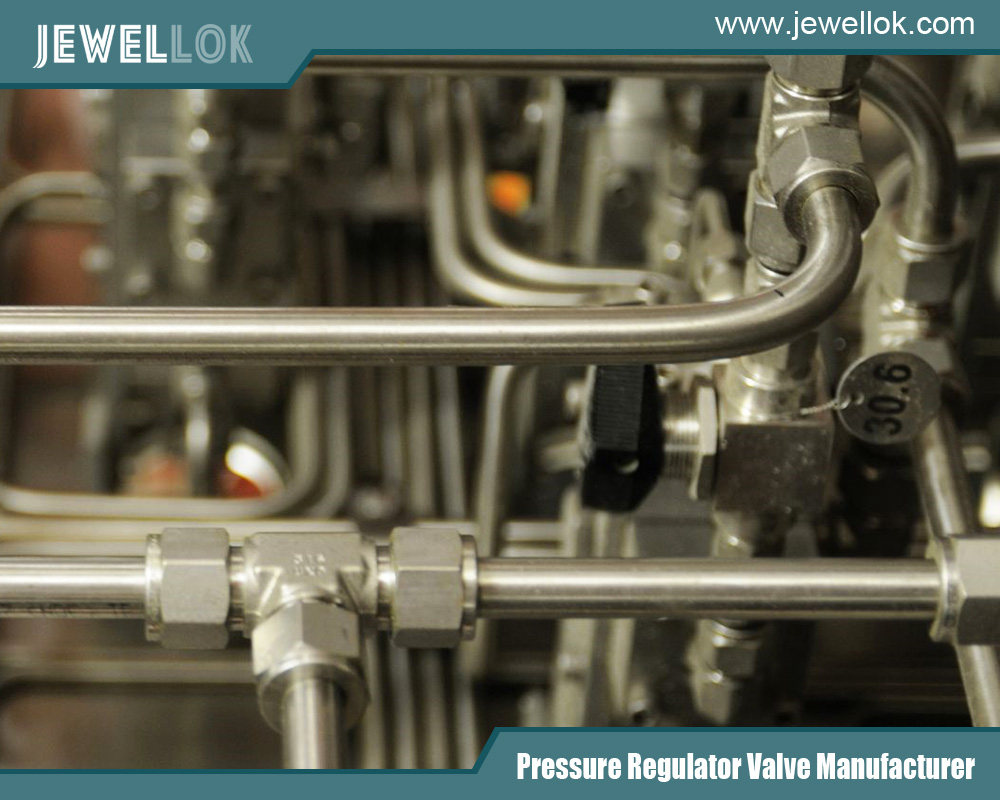Blog
Jewellok is a professional pressure regulator and valve manufacturer and supplier.
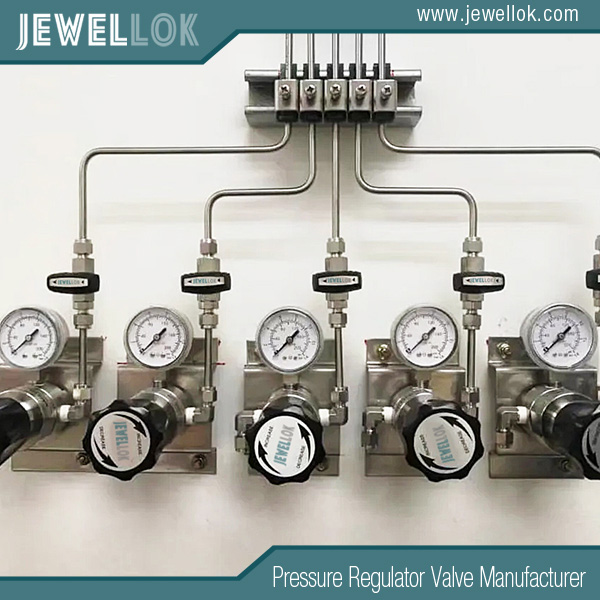
How a Gas Pressure Regulator Works: A Comprehensive Guide
- Pressure Regulator Valve Manufacturer
- adjustable low pressure propane regulator, adjusting propane regulator, air compressor non return valve, chinese propane gas cylinder, fluid system components, gas pressure regulator works, gas pressure regulator works factory, gas pressure regulator works hotsale, gas pressure regulator works manufacturer, gas pressure regulator works supplier, gas pressure regulator works wholesale, gas regulator, high pressure flexible hose, how a gas pressure regulator works, how a pressure regulator works, how do pressure regulators work, how often should pressure relief valves be replaced, how solenoid works, humming propane regulator, oxygen cylinder manifold, pressure relief valve vs safety relief valve, pressure relief valve vs safety valve, propane manifold with valves, safety or relief valves, safety relief valve vs safety valve, second stage propane regulator, solenoid valve for ammonia gas 2 inch pipe, timer water valve
- No Comments
How a Gas Pressure Regulator Works: A Comprehensive Guide
Gas pressure regulation is critical to managing gas supply systems, especially in domestic, commercial, and industrial settings. A gas pressure regulator is a device designed to control the pressure of the gas delivered from a supply line to a safe level for the intended application. Without this regulation, gas systems could operate erratically, causing inefficiency or dangerous situations. Understanding how a gas pressure regulator works and its components and installation is vital for anyone involved with gas systems.
This article will explore the various facets of gas pressure regulators, including their construction, operation, and importance in gas-powered systems. From domestic kitchens to large-scale industrial uses, the role of the gas pressure regulator cannot be overstated. Let’s dive into the critical details of how these devices maintain consistent, safe gas pressure.
What is a Gas Pressure Regulator?
A gas pressure regulator is a mechanical device that reduces and controls the pressure of gas coming from a high-pressure source (such as a gas line or cylinder) to a much lower, stable pressure suitable for use in appliances or industrial processes. It ensures that gas is delivered at a constant and safe pressure, regardless of fluctuations in the main gas supply.
- Pressure Reduction:The primary function of a gas pressure regulator is to lower the incoming high-pressure gas to the desired lower pressure level.
- Flow Control:It also controls the flow of gas to ensure appliances or systems receive the correct volume of gas at the proper pressure.
By providing consistent pressure, gas regulators prevent over-pressurization, which could lead to equipment failure, leaks, or even accidents.
Critical Components of a Gas Pressure Regulator
To understand how a gas pressure regulator works, it’s essential to know the key components that make up the device. Each plays a vital role in ensuring the proper regulation of gas pressure.
Inlet and Outlet Ports
- The inlet port connects to the gas supply line, where the high-pressure gas enters the regulator.
- The outlet port delivers the regulated gas to the required appliance or system. These ports are typically equipped with threaded fittings to secure them in place.
Diaphragm
- The diaphragm is a flexible, rubber-like membrane that responds to changes in gas pressure. It separates the regulator’s internal chamber from the outside environment, and its movement adjusts the valve to maintain consistent pressure.
Spring Mechanism
- A spring applies force to the diaphragm, determining the regulator’s output pressure. The pressure inside the regulator pushes against the spring, and the spring’s resistance regulates how much gas flows through.
Valve Mechanism
- The valve is a critical component that opens and closes based on the diaphragm’s movement. It controls the gas flow to the outlet. The valve’s position determines the gas pressure, ensuring it remains at the desired level.
Adjusting Screw (Optional)
- Many regulators feature an adjusting screw that allows the user to fine-tune the outlet pressure. Turning the screw increases or decreases the spring’s tension, adjusting the pressure output.
How Does a Gas Pressure Regulator Work?
The operation of a gas pressure regulator is a delicate balance between mechanical components that respond to changes in gas pressure. Here’s how it works:
Step 1: Gas Enters the Regulator
High-pressure gas enters the regulator through the inlet port. At this point, the gas pressure could be much higher than needed by appliances or equipment downstream. The regulator steps in to reduce the pressure.
Step 2: Diaphragm Senses Pressure Fluctuations
As the high-pressure gas enters the regulator, it presses against the diaphragm. The diaphragm is designed to flex and move in response to changes in pressure. If the gas pressure is higher than desired, the diaphragm will be pushed upward, while lower pressure will allow the diaphragm to move downward.
Step 3: Spring Applies Counter Force
The diaphragm’s movement is opposed by a spring mechanism, which provides resistance. The amount of force from the spring determines the output pressure. A stronger spring will allow for higher output pressure, while a weaker spring will result in lower output pressure.
Step 4: Valve Adjusts Gas Flow
The diaphragm’s movement controls the valve’s opening and closing. If the pressure increases too much, the diaphragm moves and closes the valve to reduce the gas flow. If the pressure drops too low, the valve opens wider to allow more gas flow, increasing the pressure.
Step 5: Stable Pressure Delivery
Through these continual adjustments, the gas regulator maintains a stable outlet pressure. The regulator will make tiny adjustments to the valve and diaphragm, ensuring the correct pressure is maintained and delivered to the system or appliance.
Step 6: Optional Pressure Adjustment
Some regulators have an adjustable screw that allows users to adjust the output pressure manually. It can be helpful in applications where precise pressure control is critical. Turning the screw tightens or loosens the spring, thereby altering the pressure range.
Types of Gas Pressure Regulators
Gas pressure regulators come in different types depending on the application and pressure requirements. Understanding these types will help you choose the right one for your needs.
Single-Stage Regulators
- These are the simplest and most commonly used regulators. They reduce the gas pressure in one step, making them ideal for only one pressure reduction. However, they are more susceptible to fluctuations when the supply pressure varies.
Two-Stage Regulators
- These regulators reduce the pressure in two steps, providing more consistent pressure even if the incoming supply pressure fluctuates. They are more accurate and are typically used in industrial or more demanding applications.
Back-Pressure Regulators
- These regulators maintain a constant downstream pressure by adjusting to changes in upstream pressure. They are often used in applications where gas must be regulated to a set pressure before being delivered to a downstream system.
Cylindrical Regulators
- Cylindrical regulators are often used in high-flow applications, such as large industrial systems or gas pipelines. They offer high capacity and more stability in pressure regulation.
Electronic Regulators
- These are advanced regulators that use electronic sensors and controls to maintain precise pressure. They are often used in applications where precision is critical, such as laboratory or medical gas systems.
Typical Applications of Gas Pressure Regulators
Gas pressure regulators are widely used across various industries and everyday settings. Some of the most common applications include:
Residential Use
- Gas pressure regulators are commonly found in homes. They control the flow of natural gas to stoves, water heaters, and furnaces, ensuring that appliances receive the correct amount of gas at a safe pressure.
Industrial Use
- In industrial settings, gas pressure regulators are essential for machinery and equipment that rely on propane, butane, or natural gas. These regulators ensure gas pressure is stable for equipment operation, minimizing risk and maximizing efficiency.
Medical Gas Systems
- Medical gas regulators are crucial in hospitals and healthcare settings, where precise gas pressure regulation is vital for safely delivering oxygen, nitrous oxide, and other gases used in treatments and surgeries.
Welding and Manufacturing
- Gas regulators are used in welding to control the flow of gases like acetylene and oxygen. These gases must be delivered at precise pressures for safety and performance.
Catering and Hospitality
- In the restaurant and catering industry, regulators control the gas supply to cooking equipment, ensuring consistent flame and safe operation in kitchens.
Importance of Regular Maintenance and Inspection
Like any mechanical device, a gas pressure regulator requires regular maintenance and inspection to ensure it works efficiently and safely. Over time, the diaphragm and valve components may wear out, leading to inaccurate pressure regulation or failure.
Tips for Maintaining a Gas Pressure Regulator:
- Check for leaks regularly around the regulator and gas connections.
- Clean the regulator to remove debris that could interfere with its operation.
- Inspect the diaphragm and spring for signs of wear and tear.
- Replace old or damaged regulators before they fail, especially in critical applications.
- Hire a professional for calibration and servicing, especially for complex or high-pressure systems.
Conclusion
Understanding how a gas pressure regulator works is essential for ensuring the safe and efficient use of gas-powered appliances and systems. By controlling the gas pressure and flow, regulators prevent over-pressurization, leaks, and damage to equipment while maintaining safe working conditions for users. Whether you’re using a gas stove at home, operating industrial machinery, or managing medical gas systems, the role of a gas pressure regulator cannot be overstated. Regular maintenance and timely inspection are crucial to properly functioning these devices and ensuring safety in all gas-related applications.
For more about how a gas pressure regulator works: a comprehensive guide, you can pay a visit to Jewellok at https://www.jewellok.com/ for more info.
Recent Posts
Tags
Recommended Products
-
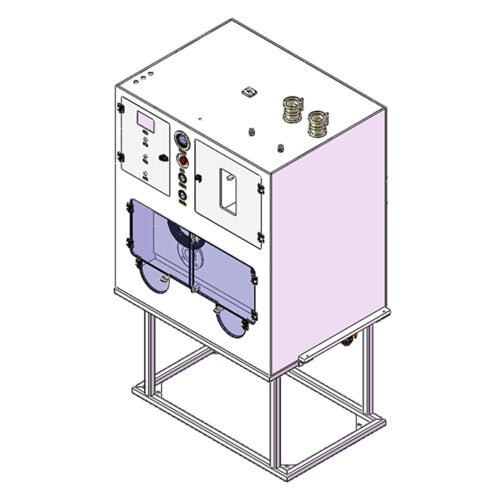
Clean Connection Cabinet JW-300-CCB Valve Manifold Box And Control Valve Box
-
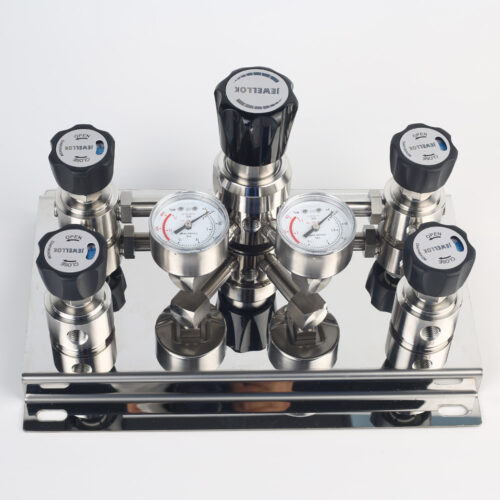
Single Stage Wall And Cabinet Mounting Pressure Control Panels JSP-2E Series For High Purity Gases
-
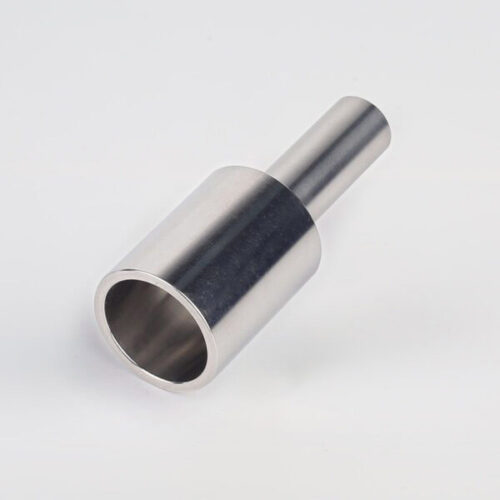
316L Stainless Steel Tube Butt Weld Reducing Fittings Union Reducer RW Series Ultrahigh Purity Process
-
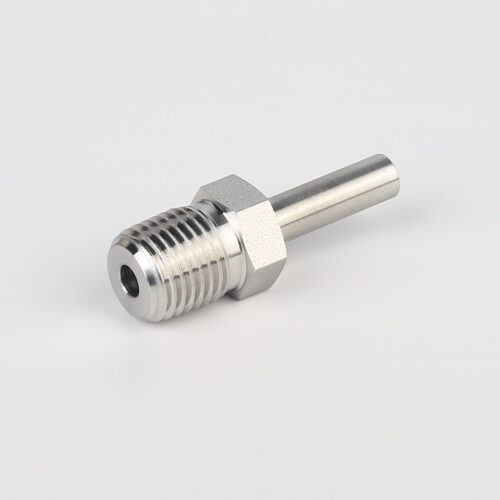
739 High Purity LMR Male Adapter Tube To Pipe Fittings And Adapters
-
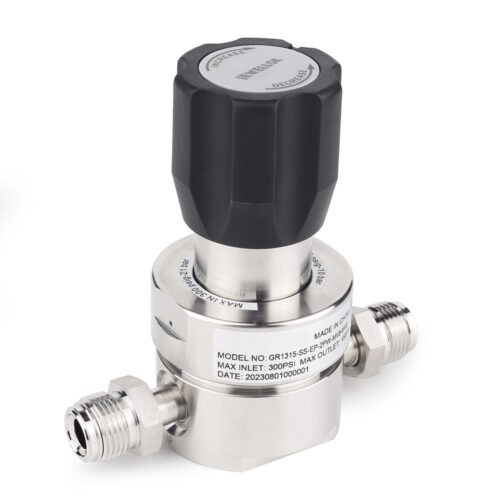
JR1300 Series Ultra High Purity Single Stage Regulator High Flow Line Regulator For Ultra High Purity Intermediate Flow
-
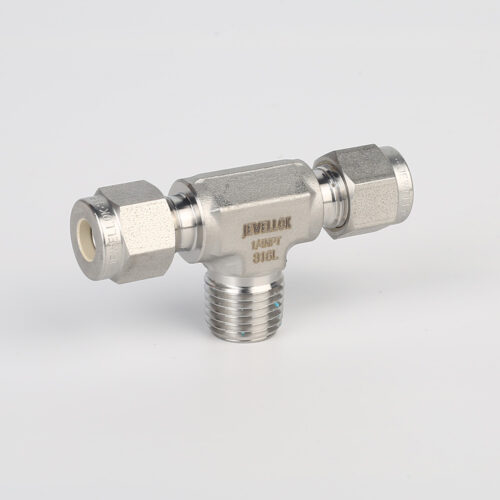
772L Male Branch Tee | Stainless Steel High-Purity Tube Fitting Male Branch Tee
-
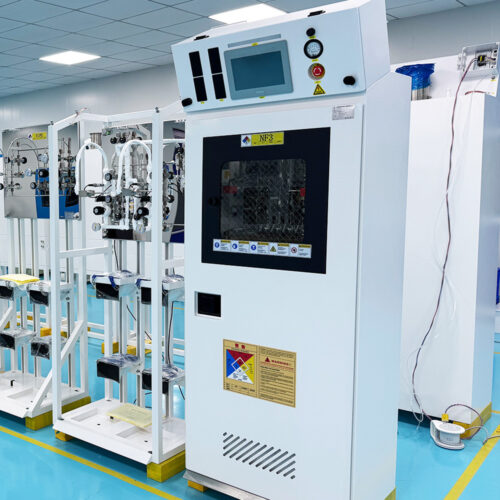
Semi Automatic Gas Cabinet Gas Panels High Purity Gas Delivery Systems JW-200-GC
-
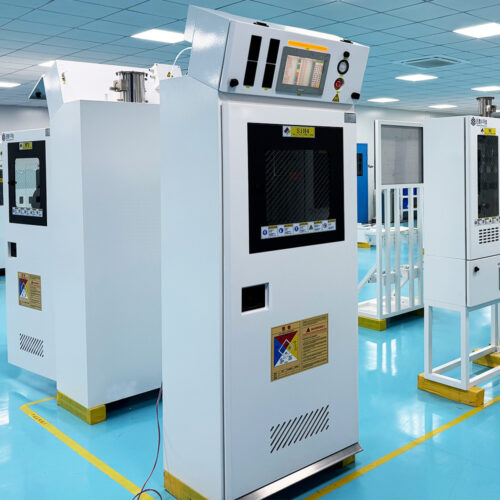
Fully Automated Gas Cabinet For Precise UHP Gas Delivery And High Purity Gas Delivery Systems JW-300-GC
